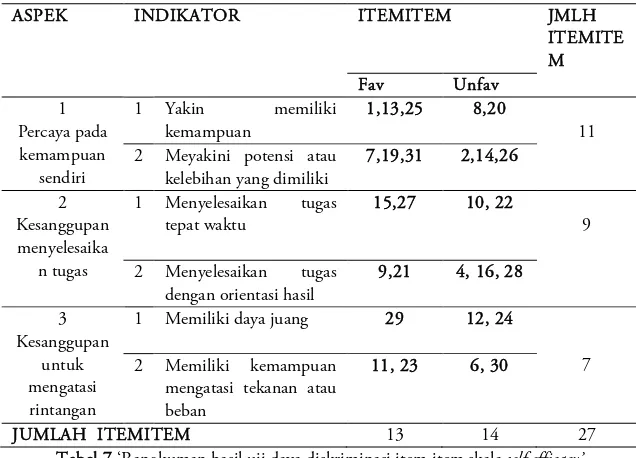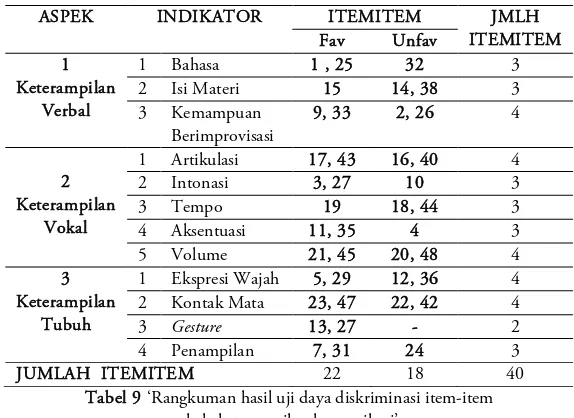I. Introduction
This research investigates the relationship between self-efficacy, communication skills, and public speaking anxiety among university students. The introduction establishes the prevalence of public speaking anxiety, highlighting its impact on academic performance and overall well-being. It emphasizes the crucial role of effective communication in academic success and professional life. The study's significance lies in its potential to inform pedagogical strategies aimed at reducing anxiety and enhancing communication skills among students. The research builds upon existing literature on communication apprehension, self-efficacy theory, and the psychological aspects of anxiety, setting the stage for the subsequent methodology and results.
II. Literature Review
This section delves into relevant theories and research on public speaking anxiety, self-efficacy, and communication skills. It explores Bandura's self-efficacy theory, emphasizing its application to anxiety reduction and performance enhancement. The review also discusses various models of communication apprehension and their implications for teaching and learning. Key concepts like outcome expectancy, efficacy expectancy, and outcome value are explained. The section analyzes how these theories interconnect, creating a theoretical framework for understanding the complex relationship between the variables under investigation. It highlights the importance of considering both individual psychological factors (self-efficacy) and specific skill sets (communication skills) to address public speaking anxiety.
III. Methodology
The methodology section details the research design, participant selection, and data collection procedures. It describes the quantitative approach using multiple regression analysis and partial correlation to examine the relationships between the variables. The sample consists of 50 sixth-semester students from the Faculty of Dakwah and Communication at UIN Sunan Ampel Surabaya. The selection process (purposive sampling) is justified, and the instruments used to measure self-efficacy, communication skills, and public speaking anxiety are described, including details on their validity and reliability testing using methods like Cronbach's alpha and item-total correlation. This section's academic value lies in its rigor and transparency, ensuring replicability and trustworthiness of the research findings.
IV. Results
This section presents the statistical findings from the multiple regression and partial correlation analyses. The results indicate whether self-efficacy and communication skills are significantly correlated with public speaking anxiety, both individually and collectively. Specific statistical values (e.g., F-statistic, p-values, correlation coefficients) are reported, along with their interpretations. The findings regarding the relationship between communication skills and anxiety are highlighted. The R-squared value is discussed, indicating the variance in public speaking anxiety explained by the predictor variables. The significance of these results lies in their potential to clarify the complex interplay between psychological factors and skill development in overcoming public speaking anxiety.
V. Discussion
The discussion section interprets the results in the context of the literature review. The findings concerning the correlation between self-efficacy and public speaking anxiety are explained, aligning them with the theoretical framework. The unexpected results about the relationship between communication skills and anxiety are analyzed, exploring potential reasons for the lack of a significant negative correlation. Limitations of the study are acknowledged, and suggestions for future research are provided. This section's pedagogical value is in providing insights into how to address public speaking anxiety through a multifaceted approach that includes both skill-building activities and interventions to enhance students’ self-belief and confidence. The discussion highlights the need for a holistic approach that considers individual differences and multiple contributing factors.
VI. Conclusion
The conclusion summarizes the key findings, reiterating the relationship (or lack thereof) between self-efficacy, communication skills, and public speaking anxiety. The implications for educational practice are discussed, suggesting interventions and pedagogical strategies to improve students' communication skills and reduce their public speaking anxiety. The study's contribution to the field of education is highlighted, emphasizing its potential for improving teaching methodologies and promoting effective learning outcomes related to communication. The limitations of the current study are briefly restated, suggesting avenues for future research.
VII. References
This section lists all the cited works, demonstrating the academic rigor and foundation of the research. The inclusion of a comprehensive list of references allows readers to access the source materials and further explore the topic. Proper citation is essential for maintaining academic integrity and recognizing the contribution of previous scholars.









